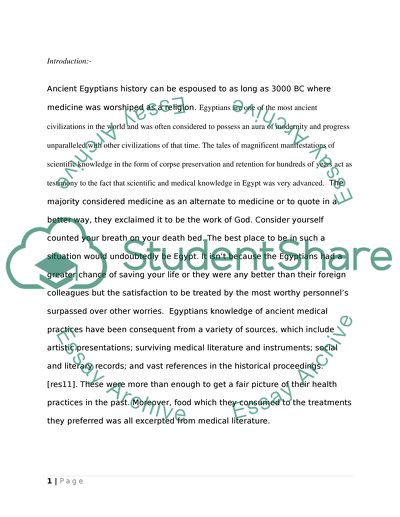Cite this document
(“Ancient History of Egyptian Medicines Essay Example | Topics and Well Written Essays - 1750 words”, n.d.)
Retrieved from https://studentshare.org/history/1579007-early-history-of-egyptians-and-medicine
Retrieved from https://studentshare.org/history/1579007-early-history-of-egyptians-and-medicine
(Ancient History of Egyptian Medicines Essay Example | Topics and Well Written Essays - 1750 Words)
https://studentshare.org/history/1579007-early-history-of-egyptians-and-medicine.
https://studentshare.org/history/1579007-early-history-of-egyptians-and-medicine.
“Ancient History of Egyptian Medicines Essay Example | Topics and Well Written Essays - 1750 Words”, n.d. https://studentshare.org/history/1579007-early-history-of-egyptians-and-medicine.


